
BIRDING IN
Chobe National Park
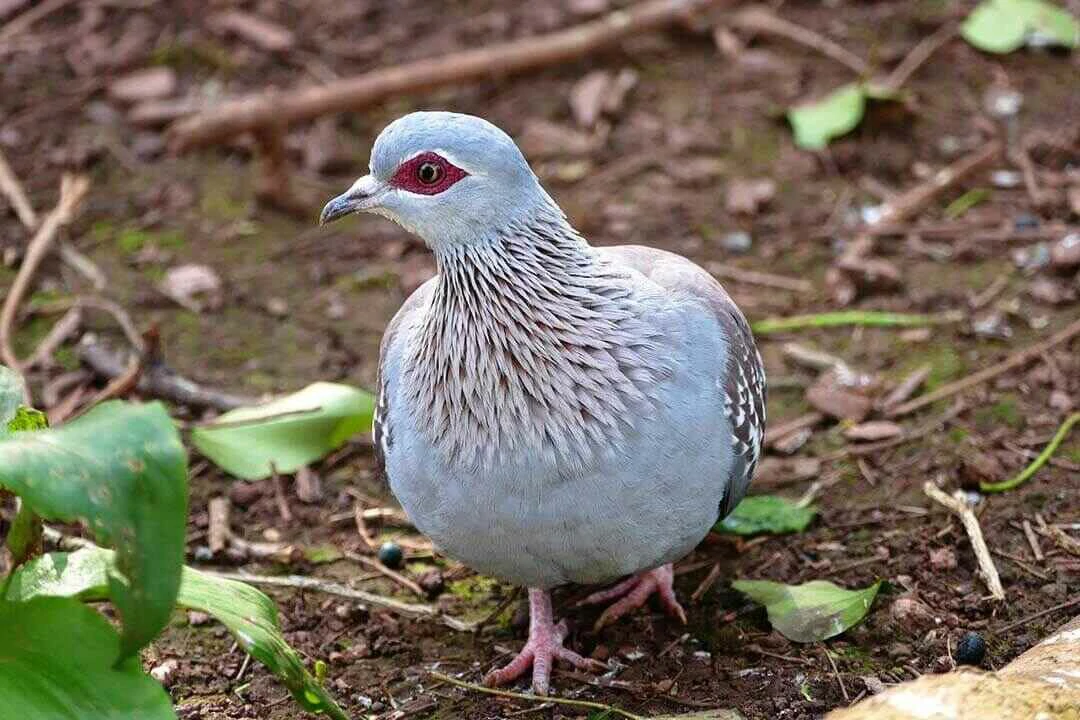
BIRDING IN
Chobe National Park
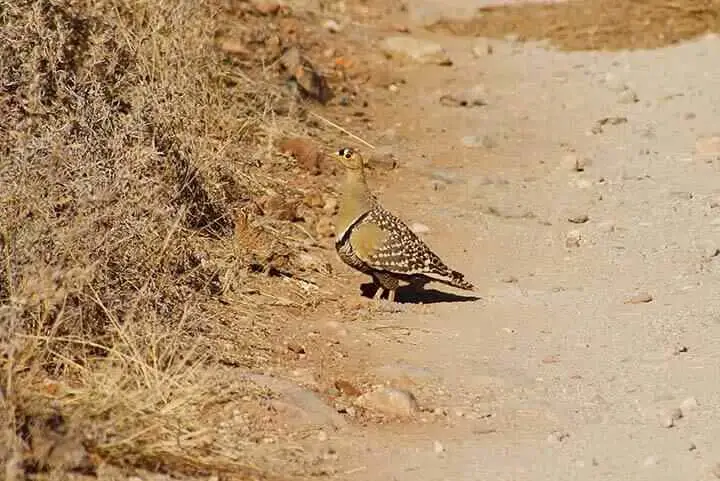
BIRDING IN
Chobe National Park
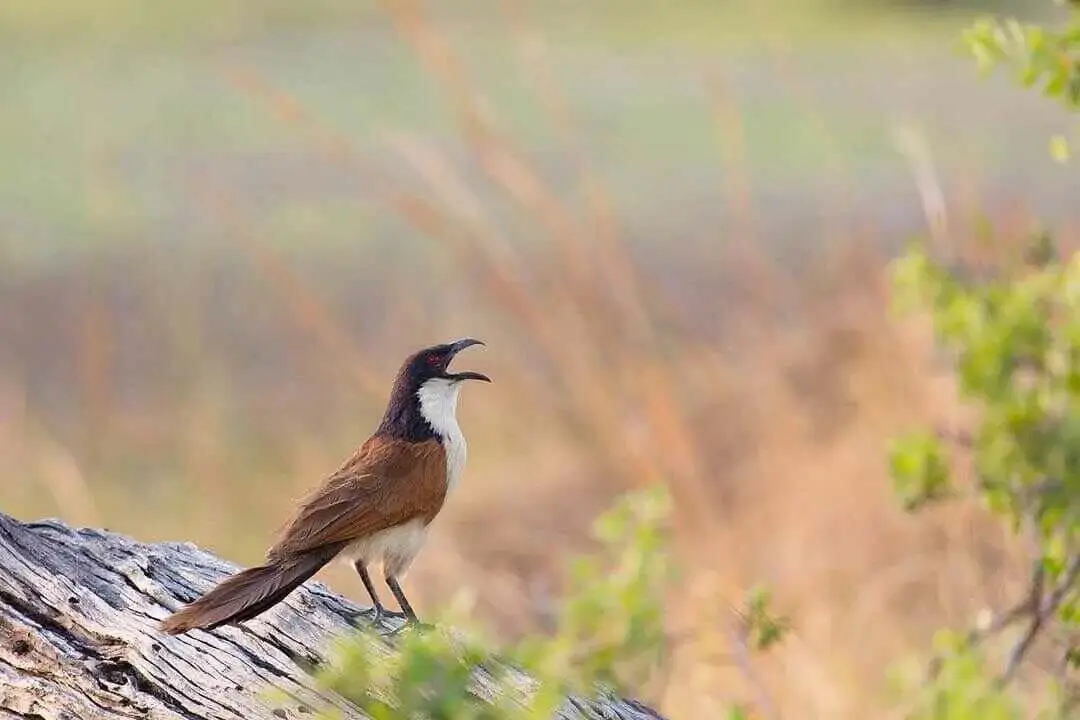
BIRDING IN
Chobe National Park
Chobe National Park is Botswana's first national park, and also the most biologically diverse. Located in the north of the country, it is Botswana's third largest park, after Central Kalahari Game Reserve and Gemsbok National Park, and has one of the greatest concentrations of game in all of Africa. This park is noted for having a population of lions which prey on elephants, mostly calves or juveniles, but also subadults.The entry point to Chobe is the village of Kasane, reachable by tarred roads but, with exception of the Kasane - Ngoma Bridge (tarmac); all roads in the park are sandy tracks negotiable by 4x4 only.
The Savuti Marsh area, 10,878 km2 (4,200 sq mi) large, constitutes the western stretch of the park (50 km (31 mi) north of Mababe Gate). The Savuti Marsh is the relic of a large inland lake whose water supply was cut a long time ago by tectonic movements. Nowadays the marsh is fed by the erratic Savuti Channel, which dries up for long periods then curiously flows again, a consequence of tectonic activity in the area. It is currently flowing again and in January 2010 reached Savuti Marsh for the first time since 1982. As a result of this variable flow, there are hundred of dead trees along the channel's bank. The region is also covered with extensive savannahs and rolling grasslands, which makes wildlife particularly dynamic in this section of the park. During dry seasons, tourists going on a safari often sight rhinoceros (both black and white), warthog, kudu, impala, zebra, wildebeest and a herd of elephants.
During rain seasons, the rich birdlife of the park, 450 species in the whole park, is well represented. Prides of lions, hyenas, zebras or more rarely cheetahs are sighted as well. This region is reputed for its annual migration of zebras and predators.
The Chobe National Park with 450 bird species Botswana's longest list in the north-east provides a similar habitats on a much smaller scale: the Chobe River itself, seasonally inundated floodplains, covered with reeds; riverine woodland and further from the river, mixed broadleaved woodland. Special birds include: African Finfoot, White-backed Night and Rufous-bellied Herons, Slaty Egret, Bradfield's and Trumpeter Hornbills, Narina Trogon, Pennant-winged Nightjar, Racket-tailed Roller, Half-collared Kingfisher, Green-capped Eremomela, Angola Rock Thrush, Broad-tailed Paradise Whydah, Golden-backed Pytilia, Eastern Bearded Robin, Red-faced Cisticola, Collared Palm Thrush, Coppery and Purple-banded Sunbirds, and Pink-throated Longclaw.
The Chobe National Park with 450 bird species Botswana's longest list in the north-east provides a similar habitats on a much smaller scale: the Chobe River itself, seasonally inundated floodplains, covered with reeds; riverine woodland and further from the river, mixed broadleaved woodland. Special birds include: African Finfoot, White-backed Night and Rufous-bellied Herons, Slaty Egret, Bradfield's and Trumpeter Hornbills, Narina Trogon, Pennant-winged Nightjar, Racket-tailed Roller, Half-collared Kingfisher, Green-capped Eremomela, Angola Rock Thrush, Broad-tailed Paradise Whydah, Golden-backed Pytilia, Eastern Bearded Robin, Red-faced Cisticola, Collared Palm Thrush, Coppery and Purple-banded Sunbirds, and Pink-throated Longclaw.
The Linyanti Marsh, located at the northwest corner of the park and to the north of Savuti, is adjacent to the Linyanti River. To the west of this area lies Selinda Reserve and on the northern bank of Kwando River is Namibia's Nkasa Rupara National Park. Around these two rivers are riverine woodlands, open woodlands as well as lagoons, and the rest of the region mainly consists of flood plains. There are large concentrations of lion prides, leopard, African wild dog, roan antelope, sable antelope, a hippopotamus pod and herds of African bush elephant. The rarer red lechwe, sitatunga and a bask of Nile crocodiles also occur in the area. Bird diversity is rich. Between Linyanti and Savuti Marshes lies a hot and dry hinterland, mainly occupied by the Nogatsaa grass woodland. This section is little known and is a great place for spotting elands.
Common Ostrich, White-faced Whistling-Duck, Fulvous Whistling-Duck, White-backed Duck, Knob-billed Duck, Egyptian Goose, Spur-winged Goose, African Pygmy, Blue-billed Teal, Red-billed Duck, Southern Pochard, Helmeted Guineafowl, Crested Francolin, Coqui Francolin, Common Quail, Red-billed Francolin, Swainson's Francolin, Little Grebe, Speckled Pigeon, Mourning Collared-Dove, Red-eyed Dove, Ring-necked Dove, Laughing Dove, Emerald-spotted Wood-Dove, Namaqua Dove, African Green-Pigeon, Namaqua Sandgrouse, Yellow-throated Sandgrouse, Double-banded Sandgrouse, Burchell's Sandgrouse, Kori Bustard, Denham's Bustard, Red-crested Bustard, White-quilled Bustard, Black-bellied Bustard, Schalow's Turaco, Gray Go-away-bird, Senegal Coucal, Coppery-tailed Coucal, White-browed Coucal, Black Coucal, Great Spotted Cuckoo, Levaillant's Cuckoo, Pied Cuckoo, Dideric Cuckoo, Klaas's Cuckoo, African Cuckoo, Common Cuckoo, Fiery-necked Nightjar, Square-tailed Nightjar, Common Swift, African Swift, Little Swift, White-rumped Swift, African Palm-Swift, African Rail, African Crake, Lesser Moorhen, Eurasian Moorhen, Black Crake, African Finfoot, Gray Crowned-Crane, Wattled Crane, Water Thick-knee, Spotted Thick-knee, Black-winged Stilt, Long-toed Lapwing, Blacksmith Lapwing, White-headed Lapwing, Crowned Lapwing, Wattled Lapwing, Kittlitz's Plover, Common Ringed Plover, Three-banded Plover, White-fronted Plover, Black-tailed Godwit, Ruff, Curlew Sandpiper, Little Stint, African Snipe, Common Sandpiper, Green Sandpiper, Common Greenshank, Marsh Sandpiper, Wood Sandpiper and many more.
Our Experts are ready to provide answers
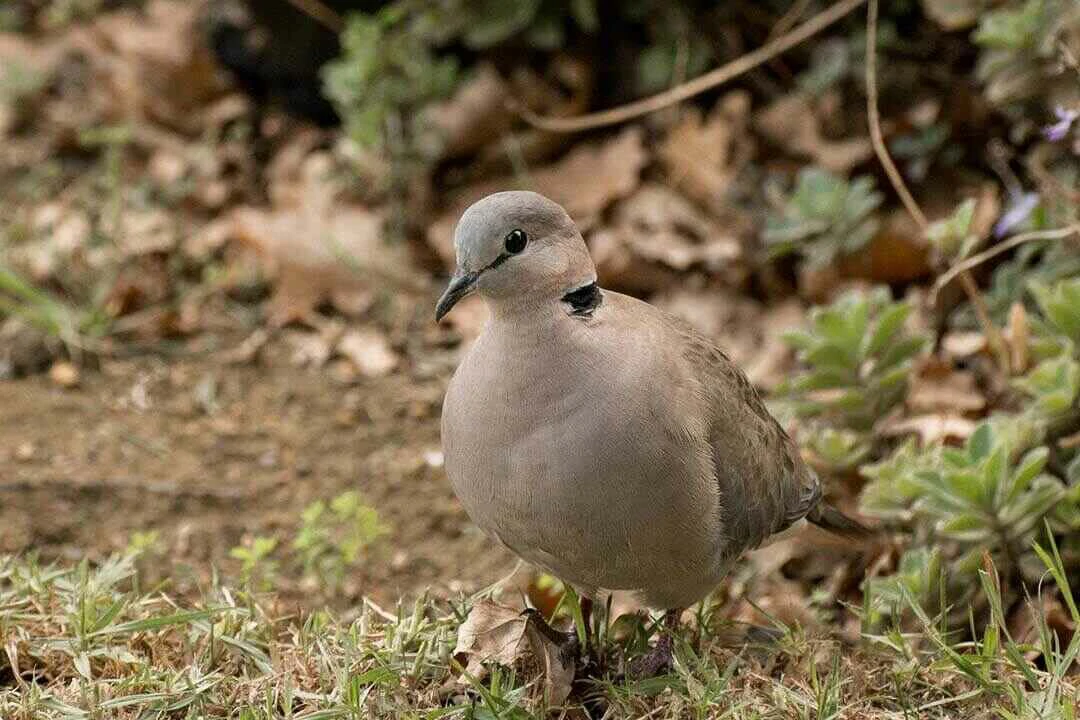
Over 350 species of birds have been recorded in the reserve, which offers some of the best birding in Botswana during this time of year. Night drives to view nocturnal animals including predators on the prowl can be arranged through the various lodges on private lands adjacent to the reserve.
Read More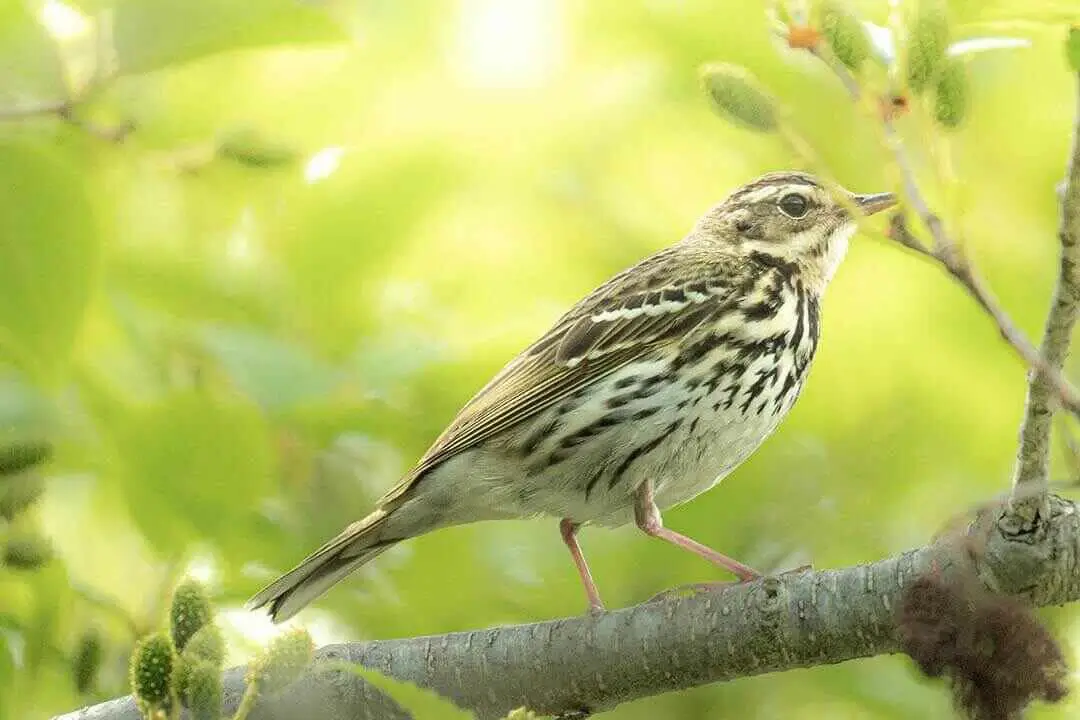
Some 430 bird species have been recorded in the region. Notable birding sites are the SE Botswana Important Bird Area, the Gabarone Game Reserve, Kgale Hill, Mannyelanong Hill, Phakalane Sewage Lagoons, and Bokaa Dam.
Read More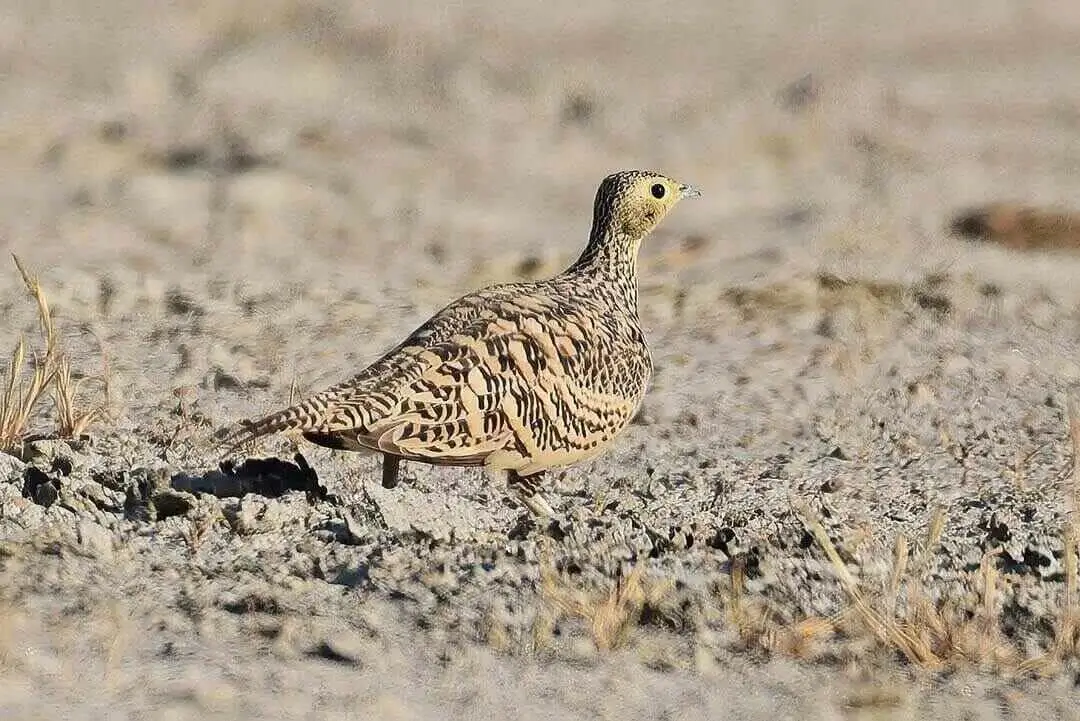
When water is present, the lake has abundant bird life and even when dry is home to the globally threatened Black-winged Pratincole and Lesser Kestrel, qualifying it as one of the 12 Important Bird Areas in Botswana.
Read More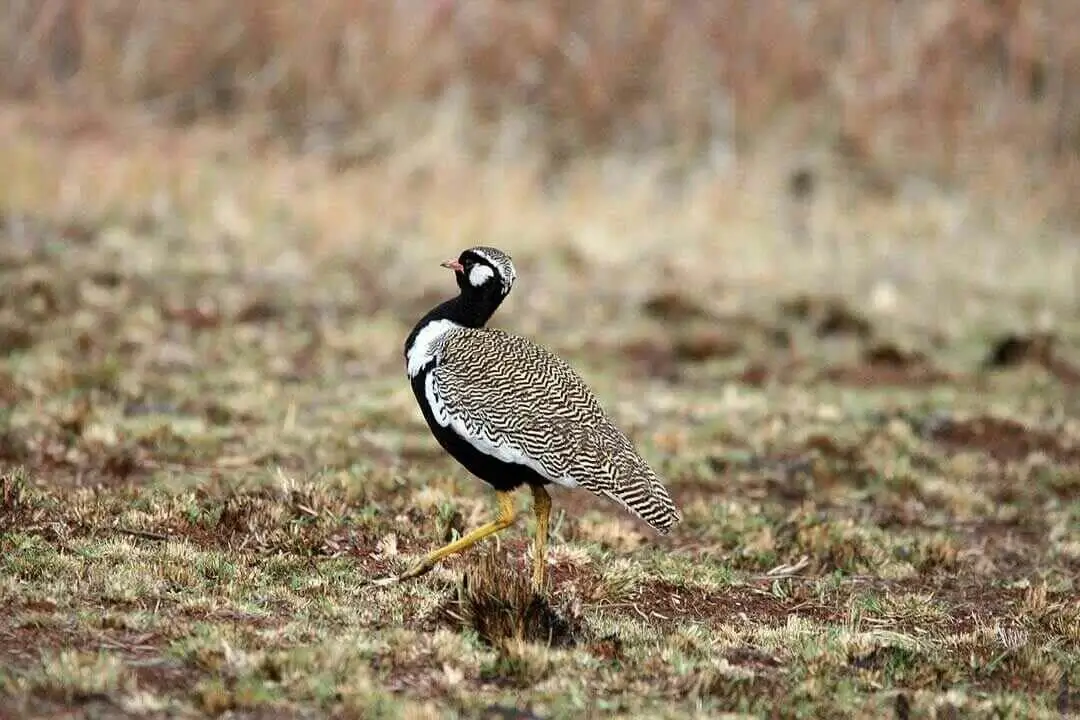
Numerous shorebirds are present, especially during Palearctic winter. Among other interesting birds present are species typical of arid grassland such as Common Ostrich, Wattle Crane, Black Bustard, Burchell's Sandgrouse, Rufous-naped Lark, Cape Clapper Lark, Eastern Clapper Lark, Sabota Lark, Spike-heeled Lark, Chestnut-backed Sparrow-Lark, Gray-backed Sparrow-Lark, Desert Cisticola, and Southern Anteater-Chat.
Read More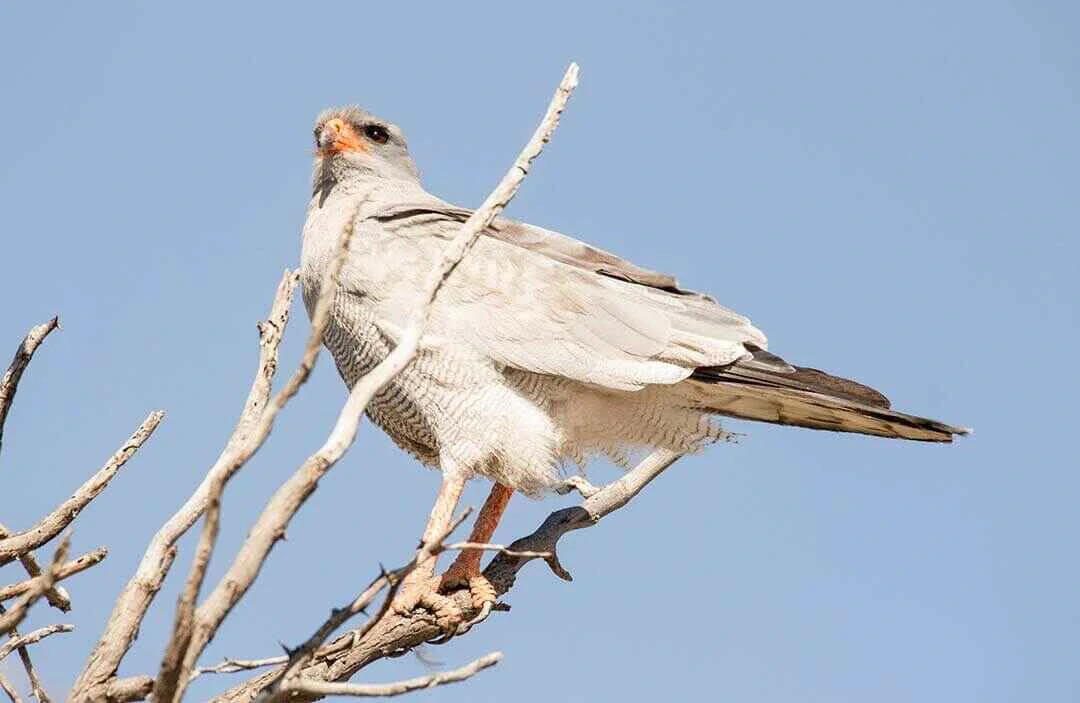
Okavango Delta offers excellent birding opportunities. This magnificent World Heritage Site boasts more than 450 recorded species of birds. It is not uncommon to spot around 140 specifies in a day. The entry point for most tourists is the town of Maun.
Read More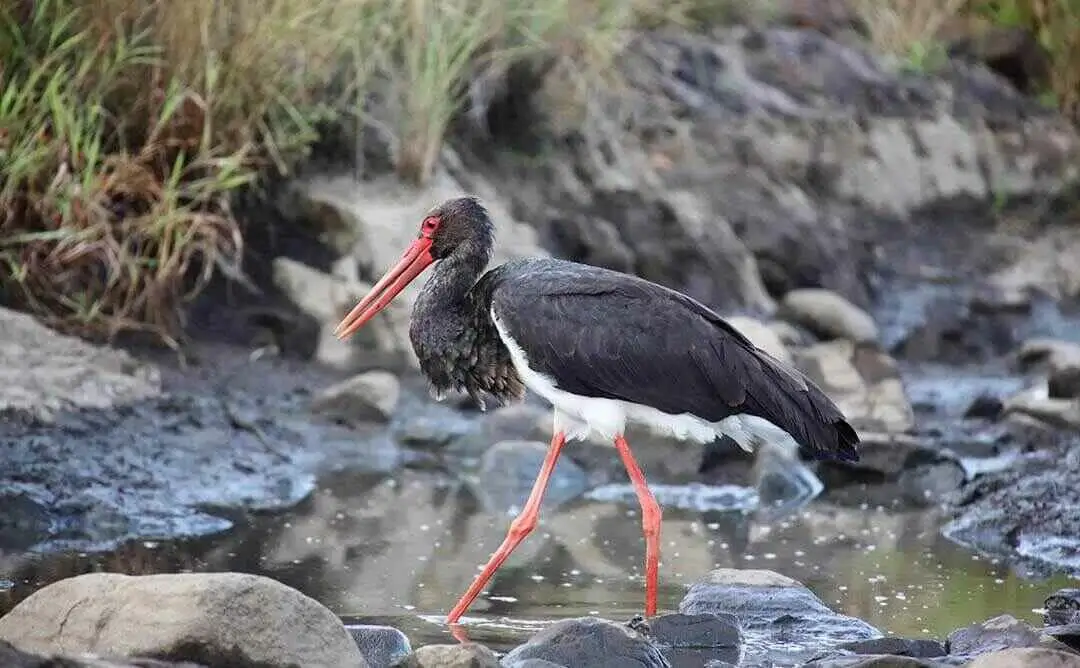
The Tswapong Hills are located 40 km north of Palapye in eastern Botswana. Palapye is 275 km north of Gabarone and 586 kilometers east of Maun. It's remote location makes it difficult to visit on a typical safari. The Tswapong Hills in eastern Botswana are a low-lying mountain range reach 300-400m above the surrounding plateau.
Read More